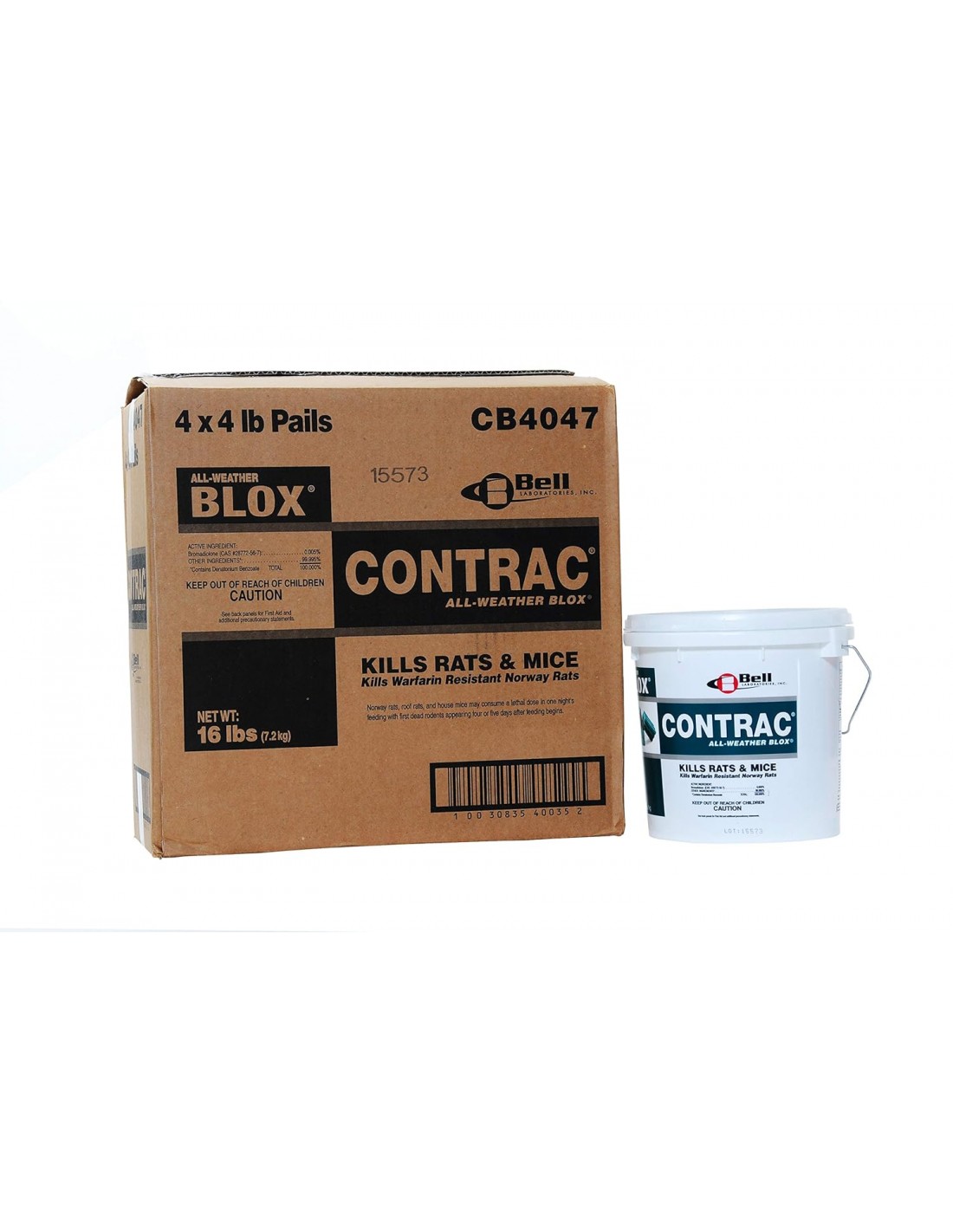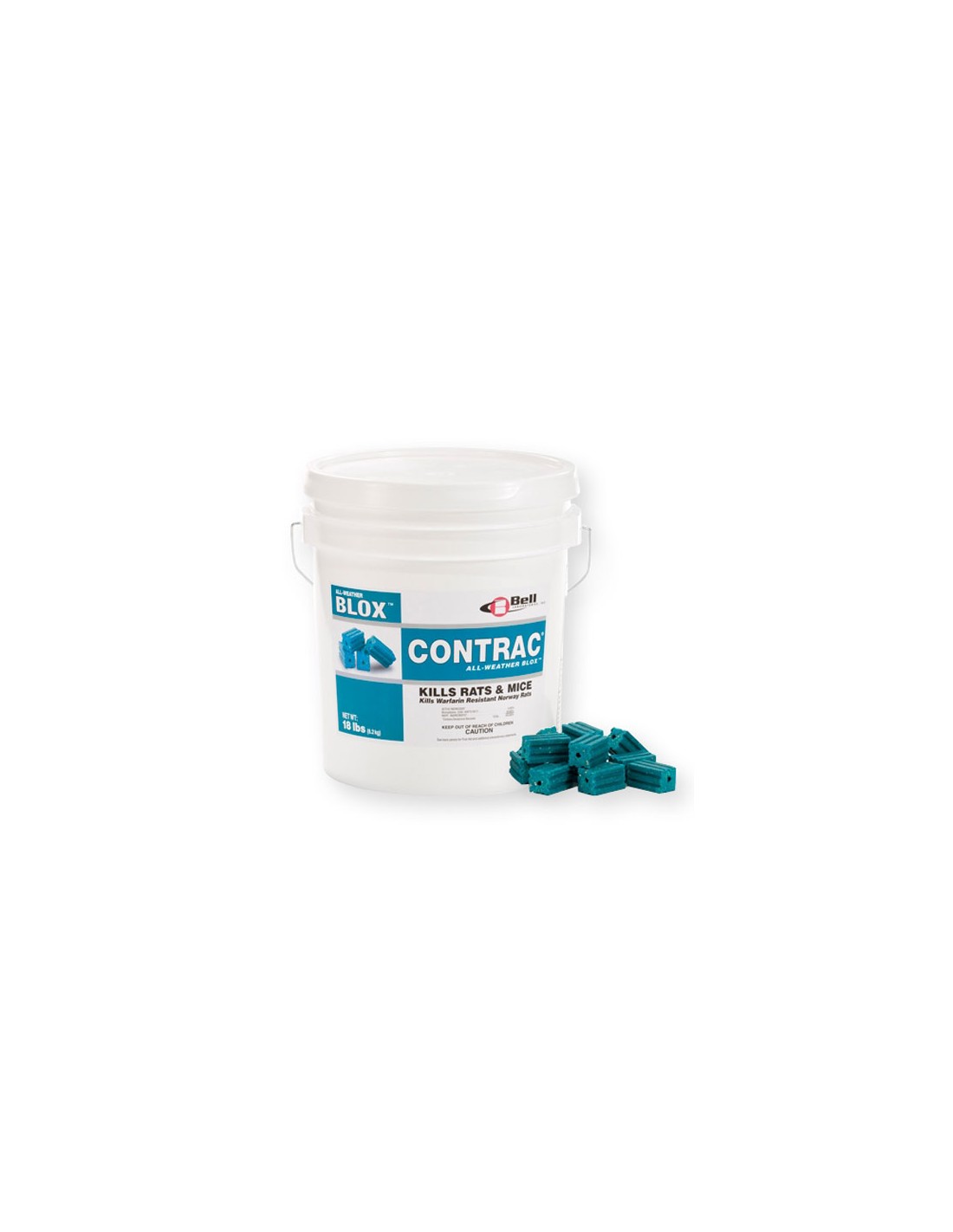Answer

Mar 12, 2014 - 03:57 PM
Secondary poisoning is a problem with most of the older generation rodenticides but NONE of the newer generation rodenticides.
Secondary poisoning is where a given poison is toxic enough to cause a kill in all animals that eat the same poison. So in essence, if the rat eats the poison and dies, then the cat eats the rat and dies, then the bird eats the cat and dies, then a dog eats the bird and dies, etc. All from a single dose of poison.
None of the newer generation rodenticides do this. In fact, most require .5 - 1 oz of bait per lb of body weight to effect animals. That's why it usually takes 2-3 blocks of rat bait to kill a rat, and up to 10 - 15 blocks to kill a small dog.
I hope this answers your question.
Ron
Secondary poisoning is where a given poison is toxic enough to cause a kill in all animals that eat the same poison. So in essence, if the rat eats the poison and dies, then the cat eats the rat and dies, then the bird eats the cat and dies, then a dog eats the bird and dies, etc. All from a single dose of poison.
None of the newer generation rodenticides do this. In fact, most require .5 - 1 oz of bait per lb of body weight to effect animals. That's why it usually takes 2-3 blocks of rat bait to kill a rat, and up to 10 - 15 blocks to kill a small dog.
I hope this answers your question.
Ron





Add New Comment